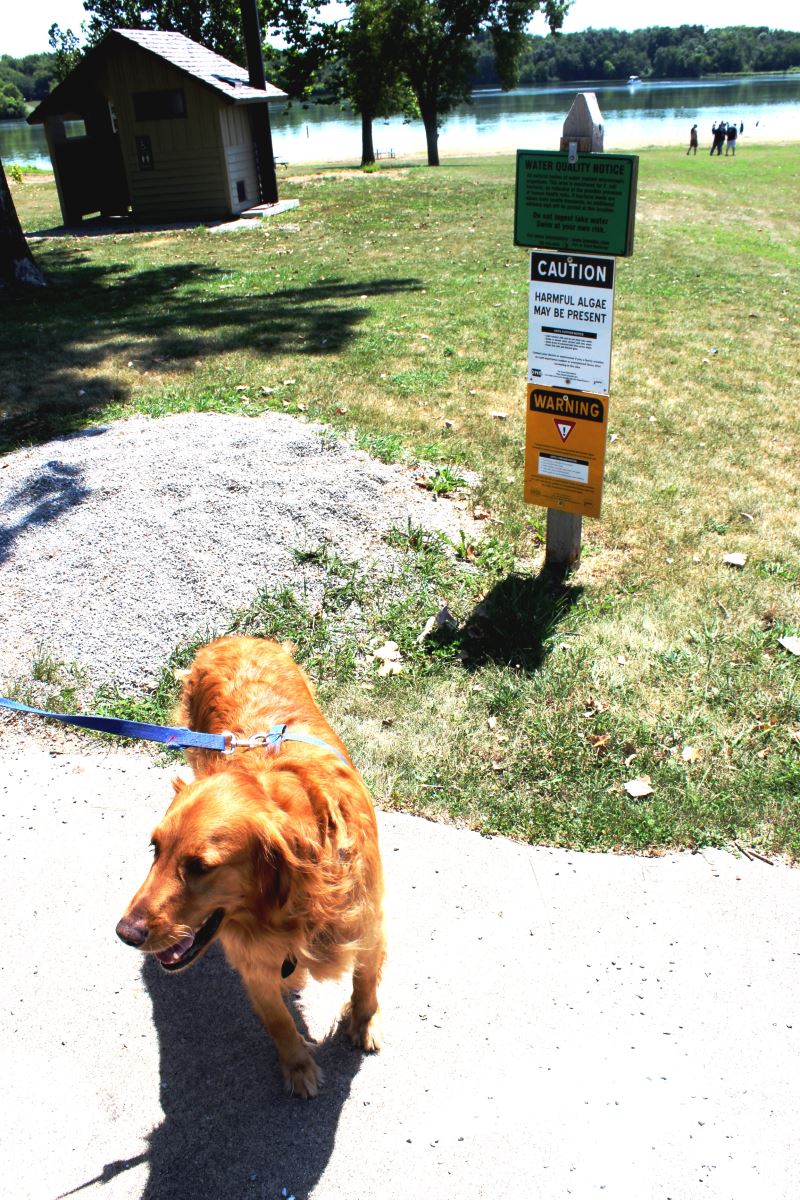First Toxic Algae Blooms of the Summer at Two Iowa Park Beaches
posted
on Tuesday, July 11, 2017
in
Water and Land News
Contact:
Emily Holley
Communications Director
Iowa Environmental Council
515-664-3405 (Cell)
515-244-1194, 210 (Office)
holley@iaenvironment.org
First Toxic Algae Blooms of the Summer at Two Iowa Park Beaches
Des Moines – Last week, two beaches earned the summer’s first swimming advisories for high levels of microcystin, a toxin produced by some forms of blue-green algae that can pose health threats, especially for children and pets. Warnings were posted at beaches in Green Valley State Park in Union County and Lake Darling State Park in Washington County cautioning visitors to stay out of the water.
“Our lakes are a reflection of the health of our waters and landscape. The incidence of toxic blue-green algae blooms have been increasing,” said Iowa Environmental Council Agriculture Policy Specialist Ann Robinson. “Iowans need to be aware of this problem and associated health risks that can be serious -- and know how to recognize and respond if they think they’ve been exposed. Not all public beaches are monitored and few if any public beaches are monitored for microcystin. Just because a beach is not posted with a warning sign does not mean it is free of toxic algae.”
Exposure to toxic blue-green algae at elevated levels can cause a variety of health issues including respiratory problems, upset stomach, skin reactions, and even liver damage. Inhaling water droplets containing microcystin from toxic blue-green algae can cause a runny nose, irritated eyes, coughs, sore throats, chest pain, asthma-like symptoms or allergic reactions. The Iowa Department of Public Health permanently added “microcystin-toxin poisoning” to the list of diseases Iowa health providers must report in 2015. Children, especially, are at risk because they are more likely to ingest the water, and they play near the shoreline where blooms are often thickest. Animals that swim or drink the water can also be at high risk.
Warnings are posted when toxic blue-green algae microcystin levels reach 20 micrograms/liter or more – the threshold established by the World Health Organization for recreational waters. Last year, Iowa had the highest number of warnings: 37 during the 15-week summer monitoring season, compared to 34 in 2015. Prior to 2015, the highest number of microcystin advisories was just 24 in 2013.
The Iowa DNR monitors 40 State Park beaches for microcystin on a weekly basis from Memorial Day to Labor Day, issues advisories and posts warning signs on the beaches when conditions become unsafe for swimming. The weekly beach advisories can be found on their website, where you can also find beach advisory warnings for bacteria pollution, specifically e. coli, another health threat that can be potentially serious. You can follow the DNR beach advisories by calling the DNR Beach Monitoring Hotline at 515-725-3434. More information can also be found on the Iowa Environmental Council's Toxic Blue-Green Algae fact sheet.
Not all algae in the water is toxic; green algae that appears stringy and floats in large clumps is not likely to be dangerous. When in doubt stay out of the water.
###
The Iowa Environmental Council is an alliance of diverse organizations and individuals working together to protect Iowa’s natural environment. Founded in 1995, it is the largest and most comprehensive environmental coalition in the state. Through education, advocacy and coalition building, the Council raises awareness, generates action and creates large-scale change that make Iowa a better place to live, work and explore.